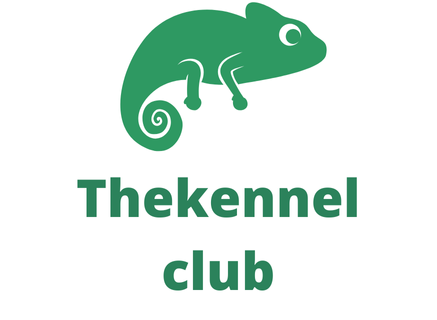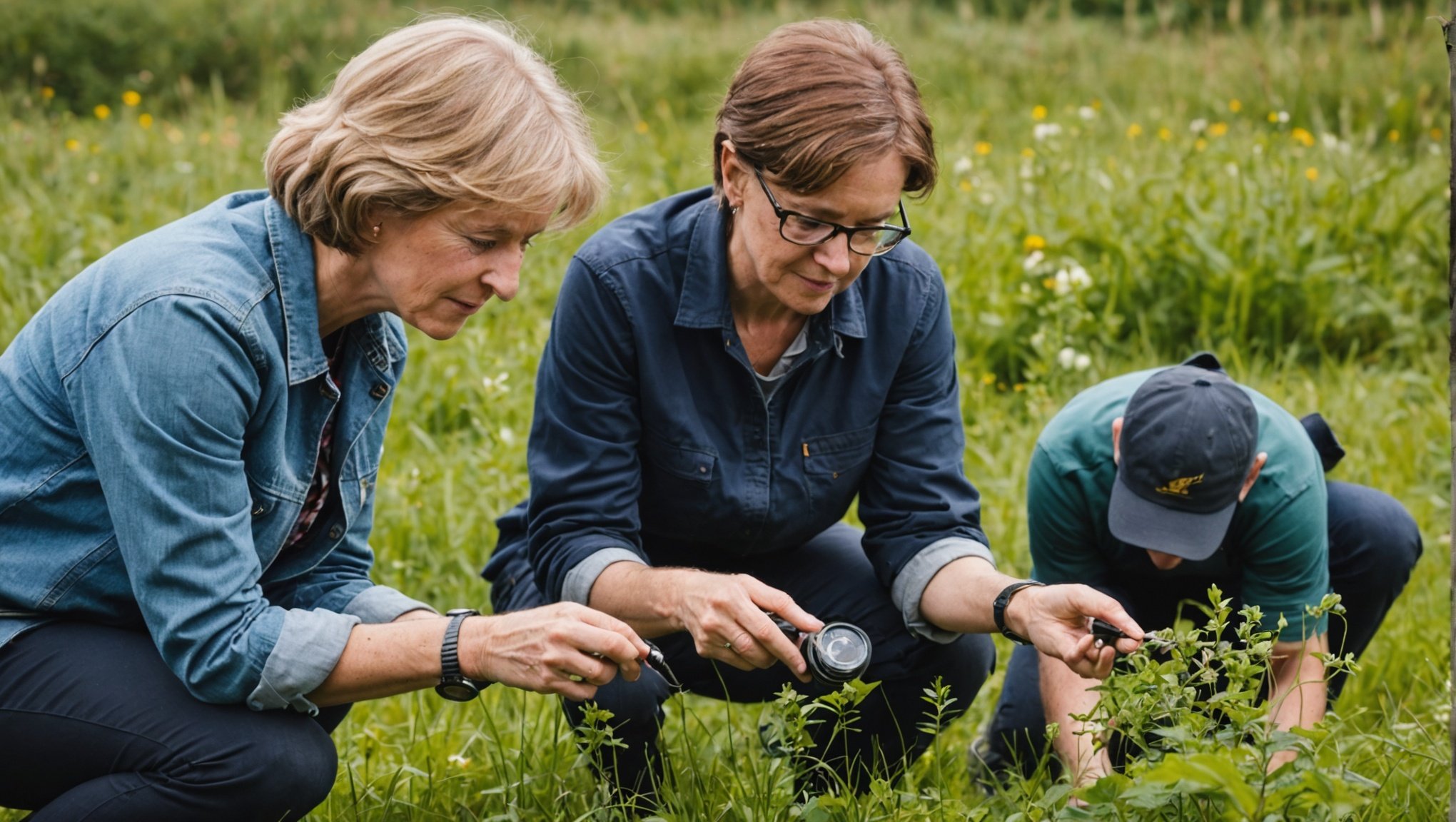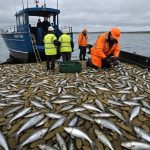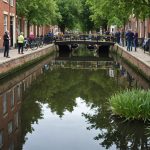Citizen science is all about the active involvement of ordinary people in scientific research. It’s about communities and individuals sharing in the process of knowledge creation, all for the sake of helping out in conservation efforts. For UK residents interested in nature and wildlife protection, there are numerous citizen science projects they can contribute to. This article will guide you on how to participate in such projects, and how your involvement can make a real impact on wildlife conservation.
The Role of Citizen Science in Conservation
The concept of citizen science is not new. Over the centuries, people have contributed their observations, data, and insights to the scientific community, aiding in the development of our understanding about the world and its diverse species. Today, with the advent of technology and the growing need for comprehensive and large-scale data, the role of citizen science has become even more crucial.
Sujet a lire : Why is it important to maintain genetic diversity in UK’s farm animal breeds?
Citizen science projects allow you to take part in scientific research, helping scientists gather large volumes of data, often from across wide geographical areas. This significant amount of data is crucial in the study of wildlife populations, their habitats, and their behaviours, providing scientists with valuable insights that can guide conservation efforts.
One key advantage of citizen science is that it enables data collection on a broader scale than would be possible for individual scientists or even small research teams. It allows for ongoing monitoring, long-term studies, and the collection of large datasets, which are essential in understanding trends and changes in wildlife populations.
A lire également : What should UK pet owners know about the impact of pets on local wildlife during walks in nature reserves?
How to Get Involved in Citizen Science Projects
Getting involved in a citizen science project is easier than you might think. There are numerous projects across the UK that welcome the contribution of citizens, and getting started usually only requires a keen interest in nature and a willingness to learn.
One of the easiest ways to get started is to choose a project that aligns with your interests. Are you passionate about birds? Herpetofauna? Marine life? There’s likely a project that could use your help. Organizations like the GVI (Global Vision International) offer a variety of citizen science projects in diverse areas of wildlife conservation.
Once you’ve chosen a project, the next step is usually to sign up and undergo some training. This could involve learning how to identify specific species, how to record data accurately, or how to use project-specific tools and apps. Most projects provide all the necessary training and resources, making it easy for anyone to get started.
Contributing to Wildlife Data Collection
One of the primary ways that citizen scientists can help in wildlife conservation is through data collection. This could involve recording observations of wildlife in your local area, taking part in nationwide surveys, or even monitoring wildlife via online webcams.
Data collection in citizen science projects often involves monitoring local wildlife populations. This could be as simple as counting the number of birds in your backyard, or as involved as conducting regular surveys in a local nature reserve. The data you collect, no matter how small it may seem, contributes to a larger dataset that can help scientists understand trends and changes in wildlife populations.
Another way to contribute is through recording and submitting sightings of specific species. This could be invaluable in tracking the spread of invasive species, or in monitoring the recovery of endangered species.
Participating in Citizen Science Projects Online
Perhaps you’re interested in contributing to wildlife conservation, but aren’t able to get out in the field. Don’t worry, there are plenty of citizen science projects that you can take part in from the comfort of your own home!
Online citizen science projects often involve tasks such as identifying species in photos or videos, transcribing handwritten notes from historical data, or classifying images from wildlife cameras. These tasks can usually be done on your own time, and can be a great way to contribute to conservation efforts even if you’re not able to get out into nature.
Online citizen science projects have made significant contributions to wildlife conservation, helping scientists sort through vast amounts of data and identify trends that might have otherwise gone unnoticed. Your involvement in these projects can make a real difference in the fight to conserve our planet’s wildlife.
The Impact of Citizen Science on Conservation
Your participation in citizen science projects can have a real impact on wildlife conservation. By providing scientists with valuable data, you’re aiding in the creation of conservation strategies, informing policymakers, and helping to secure a future for the wildlife species we share our planet with.
In fact, citizen science data has been used in numerous scientific studies and reports, influencing conservation decisions at both the local and global level. Your observations, no matter how small they may seem, can contribute to the bigger picture of global conservation.
Participating in citizen science projects is also a great way to connect with nature and to develop a deeper understanding of the wildlife in your local area. It’s a way to make a real, tangible contribution to the conservation of the wildlife species you care about. And who knows, it might even inspire you to pursue a career in conservation, or to start a citizen science project of your own!
Remember, every piece of data collected, every species identified, and every observation recorded contributes to the broader goal of understanding and protecting our planet’s wildlife. As a citizen scientist, you are an integral part of this mission. While the scientists provide the research questions and the framework, it’s the crowdsourced data from individuals like you that can bring about real change.
Utilizing Technology in Citizen Science
With the advent of technology, participation in citizen science projects has become more accessible. Various apps and online platforms have been developed to facilitate easy data collection and sharing. This not only aids in the research process, but it also helps raise public awareness about wildlife conservation.
One example of this is the Big Garden Birdwatch, a popular UK citizen science project run by the RSPB (Royal Society for the Protection of Birds). Participants are asked to spend one hour during a specific weekend in January observing birds in their garden or local park. The sightings are then reported online, contributing to a nationwide dataset. This project uses simple online tools to gather vital information on bird populations across the UK.
Other online platforms, such as iSpot and iRecord, allow participants to submit sightings of a wide range of species, from birds to butterflies to mammals. They also offer resources to help identify species, making it a learning experience as well.
In Costa Rica, Global Vision International (GVI) runs a sea turtle monitoring scheme where volunteers help collect data on nesting turtles. This is part of GVI’s broader mission to offer responsible and sustainable volunteer opportunities, including initiatives in wildlife conservation, women empowerment, and community development.
The incorporation of technology in citizen science projects makes it possible for more people to get involved, and for more data to be collected. It opens up opportunities for learning, contributing, and making a noticeable impact on wildlife conservation.
Conclusion: The Power of Citizen Science
In conclusion, the role of citizen scientists in wildlife conservation cannot be overstated. By participating in citizen science projects, UK residents can contribute valuable data that aids in understanding and protecting diverse species. They can become part of a science community that’s making headway in conservation efforts across the UK and around the world.
This article has explored the various facets of citizen science, from its role in data collection and its integration with technology to the direct impact it has on conservation. Whether it’s monitoring garden birds, tracking sea turtles in Costa Rica, or identifying species online, there are myriad ways to get involved and make a difference.
Involvement in citizen science not only serves wildlife conservation but also benefits the volunteers themselves. It fosters a stronger connection to nature, promotes learning, and cultivates a sense of responsibility towards our planet.
Reading this article hopefully has given you an insight into the significance of citizen science initiatives and inspired you to participate. Engaging in these projects is an enriching experience that can lead to positive change. Remember, every individual, no matter how small their contribution may seem, holds the power to aid in the conservation of wildlife. In the field of citizen science, every observation is a building block towards a sustainable future.
As we continue to face environmental challenges, the need for citizen science is more crucial than ever. It’s about taking actions, sparking curiosity, and ultimately, protecting the wildlife that graces our planet. Let’s all harness the power of citizen science and play our part in wildlife conservation.
















